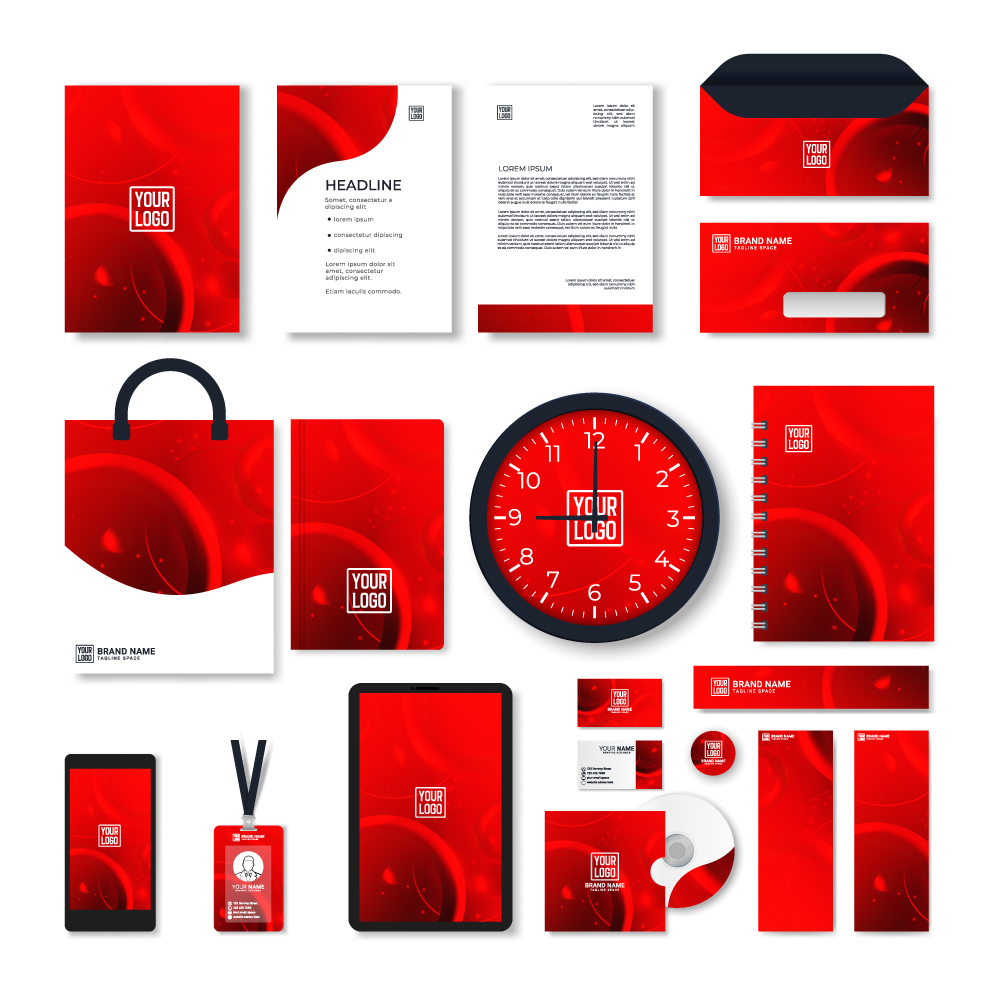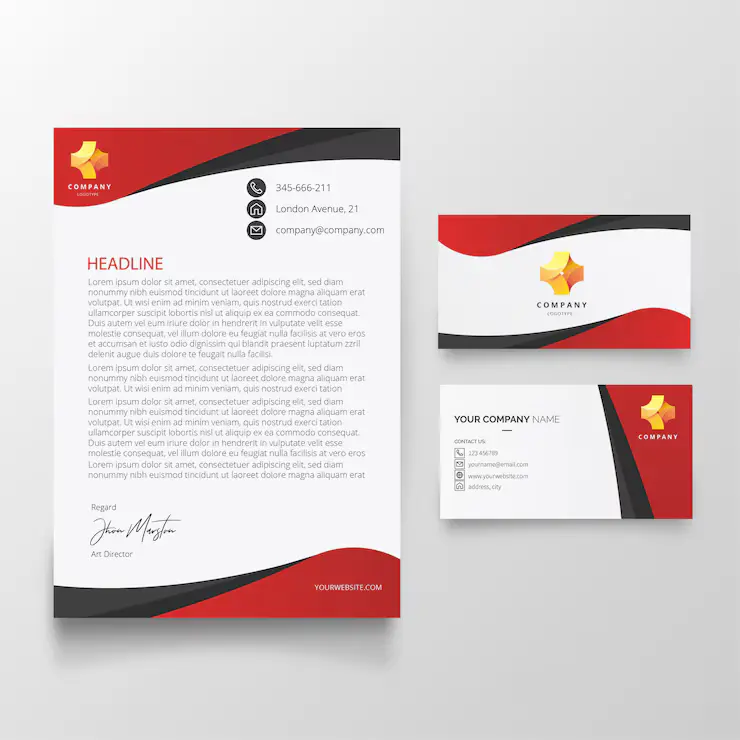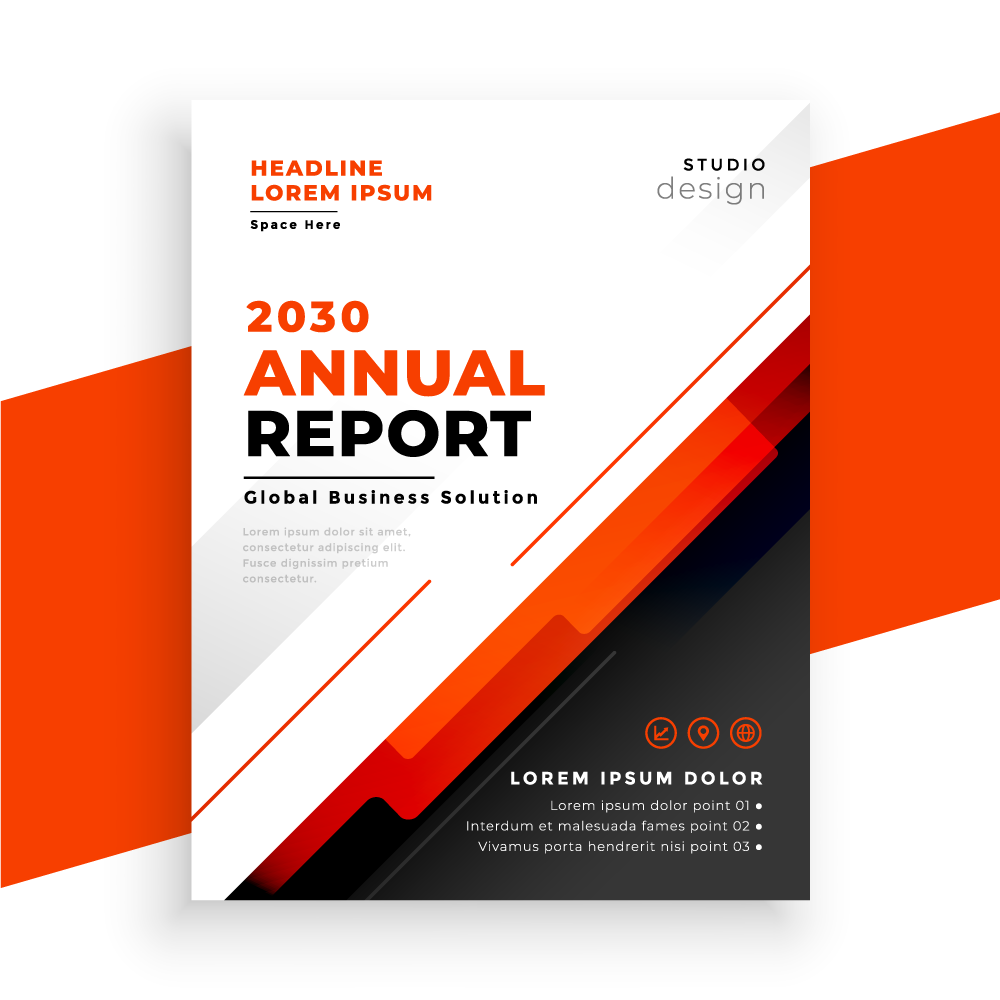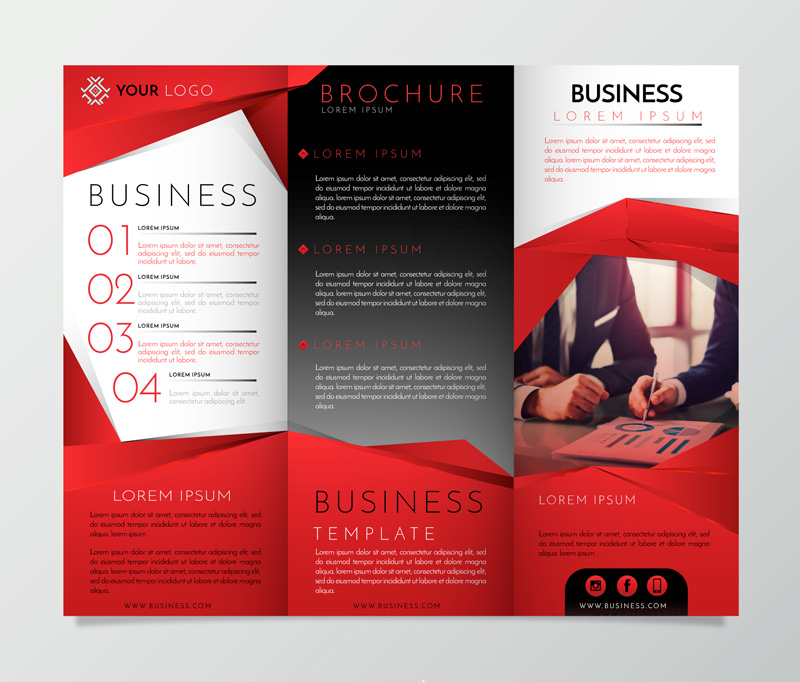Understanding the design principle.
In the world of graphic design, grasping the fundamentals of design principles is like unlocking the secrets to creating visually stunning artwork. These principles are the building blocks that designers use to craft everything from logos to posters to websites.
Layout design is the art of arranging elements on a page or screen in a way that’s pleasing to the eye and easy to understand. It involves playing with space, alignment, and hierarchy to guide the viewer’s gaze and convey information effectively. When it comes to typography, we’re talking about the style and arrangement of text. Choosing the right fonts and spacing can make a big difference in how readable and impactful your design is.
Color theory is another crucial aspect of design. It’s the study of how colors interact with each other and how they can be used to evoke emotions and communicate messages. Understanding color theory allows designers to create palettes that resonate with their audience and enhance the overall aesthetic of their work. In the process of branding, design principles play a key role in shaping a company’s identity. From the logo design to the choice of colors and fonts, every aspect of a brand’s visual identity should reflect its values and personality.
Whether you’re designing a business card for a small startup or a billboard for a multinational corporation, creative design is essential. It’s about thinking outside the box and coming up with innovative solutions that capture people’s attention and leave a lasting impression.
At the end, mastering design principles is about more than just making things look pretty. It’s about understanding how people perceive and interact with visual information, and using that knowledge to create designs that are not only beautiful but also meaningful and impactful.
Business Collaterals
In the business world, collaterals are the things a company uses to show off its brand and message. These can be all sorts of items, like brochures, flyers, or business cards. To make these collaterals, companies use graphic design. This means they make everything look nice and professional, so people will want to pay attention. Once the designs are ready, they need to be printed. Also, make sure everything looks just right on paper, with crisp colors and sharp lines.
Every collateral piece is like a mini billboard for the company’s branding. This means using the same colors, fonts, and logos to keep things consistent and recognizable. When putting together collaterals, how things are laid out is important. This is called layout design. It’s about making sure everything is easy to read and looks good on the page. Typography plays a vital role, it’s all about picking the right fonts and making sure the words are easy to read and look nice. Of course, every collateral piece needs to have the company’s logo on it. This helps people remember who the company is and what they’re all about.
Remember, it’s all about showing off the company in the best possible light, whether it’s in person or on paper.


Business Cards
Business cards are like tiny representatives of a company. They’re small cards that people carry to share their contact information. These cards are made to look nice, often with the help of graphic design. Companies use printing services to make sure they look good on paper.
Business cards usually have the company’s name and logo on them. The design, including the layout and colors, is chosen carefully to represent the company’s image. They’re like mini advertisements that fit in your pocket.
When you meet someone and exchange business cards, it’s like saying, “Hey, let’s stay in touch.” They’re handy for networking and making connections in the business world. So, even though they’re small, business cards can have a big impact.
Letterheads
Letterheads are the special paper that companies use for their official letters. They’re not just regular paper; they’re designed to make the company look professional and official.
To make letterheads look nice, companies use graphical designs. This means they choose pretty fonts and arrange everything neatly on the paper.
Once the design is ready, it’s sent to a printing service. They use special printers, like digital printing, to make sure the letterheads look perfect.
Every letterhead usually has the company’s name, logo, and other important details. This helps people know who the letter is from and gives a good impression of the company.
Having a well-designed letterhead is important for branding. It shows that the company cares about its image and wants to make a good impression on people who receive their letters.
In a nutshell, letterheads are like the company’s official outfit for their letters. They help make the company look professional and trustworthy.


Brochures
Brochures are like small pamphlets that businesses use to share information about their products or services. They’re designed to be easy to read and visually appealing. To create brochures, companies use graphic design to make them look attractive. This involves choosing nice fonts and colors, and arranging the information in a way that’s easy to understand. Once the design is done, it’s sent to a printing service to be made into physical copies. Many companies now use digital printing for this, which is faster and more efficient.
The layout design of a brochure is important because it determines how the information is presented. Good layout design helps people find the information they need quickly. Typography is also key in brochures. Different fonts and text styles are used to make important points stand out. Including the company’s logo design on the brochure is important for branding. It helps people recognize the company and builds trust.
Flyers
Flyers are like mini-posters used to spread information quickly. They’re often handed out on the street or posted on bulletin boards to grab people’s attention. Creating a good flyer involves thinking about graphic design. This means choosing the right colors, fonts, and pictures to make it look interesting.
The layout design of a flyer is important because it determines how everything is arranged. Good layout design helps people understand the information easily. Typography is also important in flyers. This means choosing fonts that are easy to read and using different sizes and styles to make important information stand out. Including the company’s logo design on the flyer is a good idea for branding. It helps people recognize the company and remember it later on.
In summary, flyers are simple but effective tools for spreading the word about events, products, or services. With the right creative design and attention to detail, they can make a big impact.

Got a project?
We’re a team of creatives who are excited about unique ideas and help all types of companies and firms to create amazing identity by crafting top-notch UI/UX.


+91-8090032754
info@premierestudioz.com

+91-8090032754
info@premierestudioz.com

